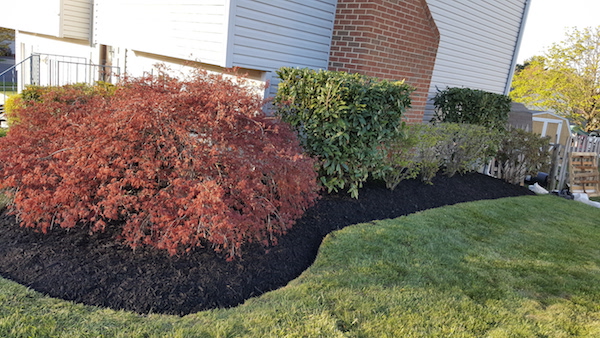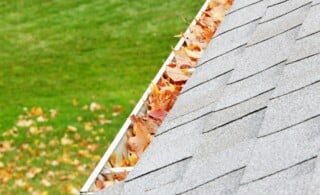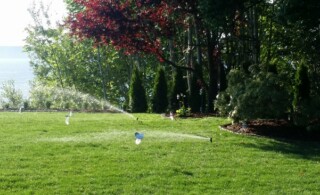
One day it’s a bleak winter, the next we wake to a warm breeze and blue skies. We’re sure that spring is upon us so we run eagerly into the yard with shovel, rake and seeds, intent upon transforming the landscape into a colorful paradise.
But wait! The end product will only be as good as the foundation it’s built on. If you prepare in early spring, you’ll be rewarded later in the season.
 Sharpen Tools
Sharpen Tools
Beat the rush to the hardware store and get shovels, hoes and pruners sharpened to a fine edge. Splurge and buy a second mower blade so you’ll have a new, sharp blade on the mower while the second is being sharpened. Turf mowed with a dull blade injures the grass and opens the door to disease and costly corrective action.









If you’re putting in a new lawn or plant bed or had problems last year growing your favorite vegetables, soil testing provides the feedback to help you determine what fertilizers and soil conditioners are necessary for optimum results.









If you need them, contact landscape professionals early in the season to avoid the dreaded wait list.
When putting in a new lawn, make arrangements early for sod delivery or be prepared to buy sod as soon as it is delivered to garden centers. Accept only moist sod rolls, rejecting any that have yellowed turf or dry roots.









Make a resolution to keep notes on the garden and plantings. A small pad of paper kept in a plastic bag with the hand tools is all that’s necessary to remember just which peony needed more sun and needs to be moved come autumn.
Try to jot down some of your successes and failures from last year. This information can be an invaluable guide to this year’s garden.









One last chore before you’re ready: Sort garden chemicals and discard all of the outdated or unused chemicals according to label instructions. Check the lock on your chemical storage area to assure that kids or pets have no access.









Hands-on gardening starts when the soil contains no ice crystals and a handful crumbles easily. No cheating here. Walking on or working in soil that is too wet causes compaction, driving the air out of the soil and bonding particles together.
When opening a new garden bed, dig it to about eight inches, removing clods and stones as you go. Add no more than 1-1/4 inches of organic matter (compost and/or aged barnyard manure) plus any other fertilizers or supplements that the soil analysis recommends, and dig in evenly.
Ready to start your spring garden?
Find ProsTry hard to refrain from planting seeds or setting in early-spring vegetable or flower transplants for an additional week. Instead, lightly rake the soil each day to dislodge sprouting weeds.









When is it the right time to plant? That depends on weather, soil conditions and what you’re planting.
Bare root shrubs, roses and trees can go in when the soil is workable. While the soil is cool, their roots begin to grow. These are generally less expensive than container grown plants. Buy top grade roses, trees and shrubs. They could be part of your landscape far after the mortgage is paid off.
Cold-weather loving plants, like spinach, peas (both the decorative and edible varieties) and ornamentals such as pansies, can withstand some frost.
But hold off on putting in peppers and tomatoes without protective devices around them until there isn’t a hint of frost on the horizon. Ask at the garden center when the last expected frost generally occurs in your area.









Plan to prune early-flowering shrubs, like forsythia and lilac, as soon as blooms fade. Next year’s flowers have set within 10 days of the end of the bloom, so timing is important.
Some flowers either die completely or lose their foliage when warm weather arrives.
The same thing happens in the kitchen garden. Spinach and lettuce make way for warm season crops like squash and corn. Set a plan early to incorporate changes, and your garden will be always useful and colorful.
 Tips for Making Your Landscape Fit for the Fall
Tips for Making Your Landscape Fit for the Fall  Fall Home Maintenance Checklist
Fall Home Maintenance Checklist  Winterizing Sprinklers
Winterizing Sprinklers  Spring Garden Flower Tips and Suggestions
Spring Garden Flower Tips and Suggestions  Checklist: Winter Yard Work
Checklist: Winter Yard Work 

Are You Familiar With This Topic? Share Your Experience.